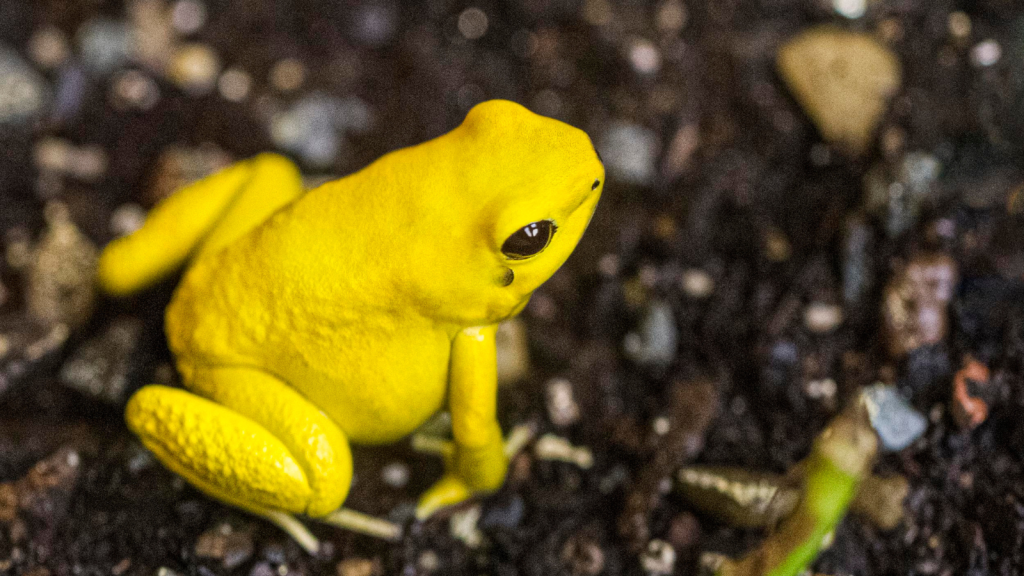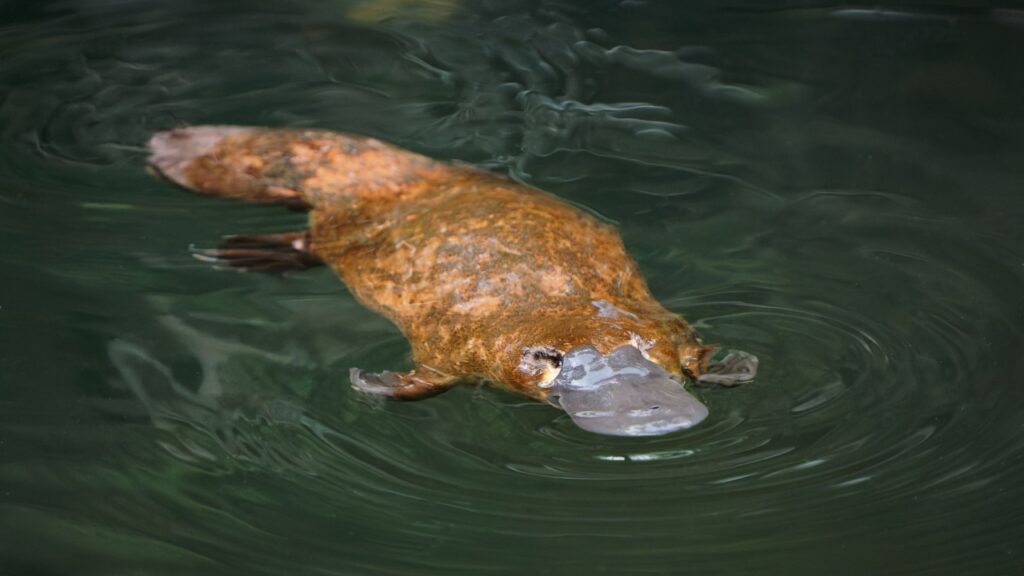Nature is full of surprises, and some of the most fascinating creatures are those that use poison to catch their meals. From tiny frogs to slithering snakes, these animals have developed potent toxins that paralyse or kill their prey. This remarkable ability helps them survive in tough environments where food might be scarce. It’s a reminder of how clever and adaptable wildlife can be. Ready to discover some of the world’s most venomous hunters? Here are 12 animals that use poison to subdue their prey.
Box Jellyfish

The box jellyfish is one of the deadliest creatures in the ocean. Its tentacles are covered in tiny stingers that inject venom into its prey. This poison is so strong it can kill a human in minutes. Box jellyfish use this venom to catch fish and other small sea creatures. Their transparent bodies make them nearly invisible in water, giving them a sneaky advantage when hunting.
Komodo Dragon

Komodo dragons are the largest lizards in the world. They have a secret weapon in their saliva – a potent mix of bacteria and venom. When they bite their prey, this toxic cocktail causes blood poisoning. The dragon then follows its victim until it becomes too weak to fight back. This hunting method allows Komodo dragons to take down animals much larger than themselves, including deer and wild pigs.
Blue-Ringed Octopus

Don’t be fooled by its small size – the blue-ringed octopus packs a powerful punch. Its venom is 1,000 times stronger than cyanide. It uses this poison to catch crabs and small fish, paralyzing them instantly with a single bite. The octopus’s bright blue rings serve as a warning to potential predators, flashing vividly when it feels threatened.
Stonefish

The stonefish is a master of disguise, blending in perfectly with coral reefs. It has sharp spines on its back that inject venom when stepped on. This poison is used for defence, but also helps the stonefish catch prey that gets too close. Stonefish venom is extremely painful to humans and can be fatal if not treated quickly.
Golden Poison Frog

This tiny frog is one of the most poisonous animals on Earth. Its skin secretes a toxin so strong that just touching it can be fatal. The golden poison frog uses this to protect itself from predators, but the poison also seeps into its prey when hunting. Amazingly, these frogs don’t produce the toxin themselves – they get it from their diet of poisonous insects.
Scorpion

Scorpions are famous for their venomous stingers. They use this poison to paralyze insects and small animals before eating them. Some species can even adjust the strength of their venom depending on whether they’re hunting or defending themselves. Scorpions can live in harsh environments, from deserts to tropical forests, thanks in part to their powerful venom.
Cobra

Cobras are known for their distinctive hoods and deadly bite. Their venom affects the nervous system, quickly immobilizing their prey. Cobras can also spit venom at their target’s eyes, blinding them to make catching food easier. These snakes are excellent hunters, using their keen sense of smell to track down rodents and other small animals.
Brown Recluse Spider

The brown recluse spider is known for its potent venom. Unlike most spiders that use venom to paralyze prey, the brown recluse’s venom is primarily for defense. However, it still uses this venom when hunting its prey, which typically consists of soft-bodied insects. The venom contains enzymes that break down tissue, helping the spider to digest its food externally. Despite their fearsome reputation, brown recluse spiders are generally shy and only bite humans when threatened.
Platypus

Surprise! The odd-looking platypus is one of the few venomous mammals. Male platypuses have a spur on their hind legs that can deliver a painful poison. While mainly used for fighting other males, this venom can also help subdue prey in the water. Platypuses use electrolocation to find food, sensing the electric fields produced by their prey’s muscle movements.
Cone Snail

These beautiful sea snails are armed with a venomous harpoon. When prey swims by, the cone snail shoots out its harpoon, injecting a powerful toxin. This poison paralyzes fish almost instantly, allowing the slow-moving snail to eat at its leisure. There are over 600 species of cone snails, each with its own unique venom cocktail.
Gila Monster

The Gila monster is one of only two venomous lizards in the world. It has venom glands in its lower jaw and delivers poison through grooves in its teeth. This venom helps the Gila monster catch and digest its prey, which includes small mammals and birds. Unlike many venomous animals, Gila monsters are quite slow, relying on ambush tactics rather than speed to catch their meals.
15 Animals That Eat Hornets

Nature never fails to amaze me. Who would’ve thought so many creatures would prey on hornets? Their painful stings and fierce and aggressive behaviour make them seem like a pretty unappetizing meal to me. While hornets might seem like formidable insects that few creatures would dare to tangle with, they actually have quite a few natural enemies. From nimble birds to crafty mammals, plenty of other creatures make meals out of these stinging insects.
Read More: 15 Animals That Eat Hornets
Meet the Wolf Spider | One of Britain’s Biggest Spiders

Wolf spiders are a remarkable group of arachnids found across the UK and around the world. These agile hunters get their name from their wolf-like hunting style, actively chasing down prey rather than spinning webs. With their large eyes and hairy bodies, wolf spiders might look intimidating, but they’re actually quite beneficial to gardens and homes. These spiders help control pest populations and are generally harmless to humans. From their unique parenting techniques to their impressive hunting skills, wolf spiders are full of surprises.
Read More: Meet the Wolf Spider | One of Britain’s Biggest Spiders
Becky is a fervent wildlife enthusiast and pet care expert with a diploma in canine nutrition. Her love for animals stretches beyond the domestic, embracing the wild tapestry of global fauna. With over a decade of experience in animal welfare, Becky lends her expertise to OutlandishOwl through insightful articles, captivating wildlife information, and invaluable guidance on pet nutrition. Her work embodies a deep commitment to understanding the intricate lives of animals and a passion for educating others on sustaining natural habitats. Becky's hands-on conservation efforts and her knack for translating complex dietary science into practical pet feeding tips make her an indispensable voice for creatures great and small.




